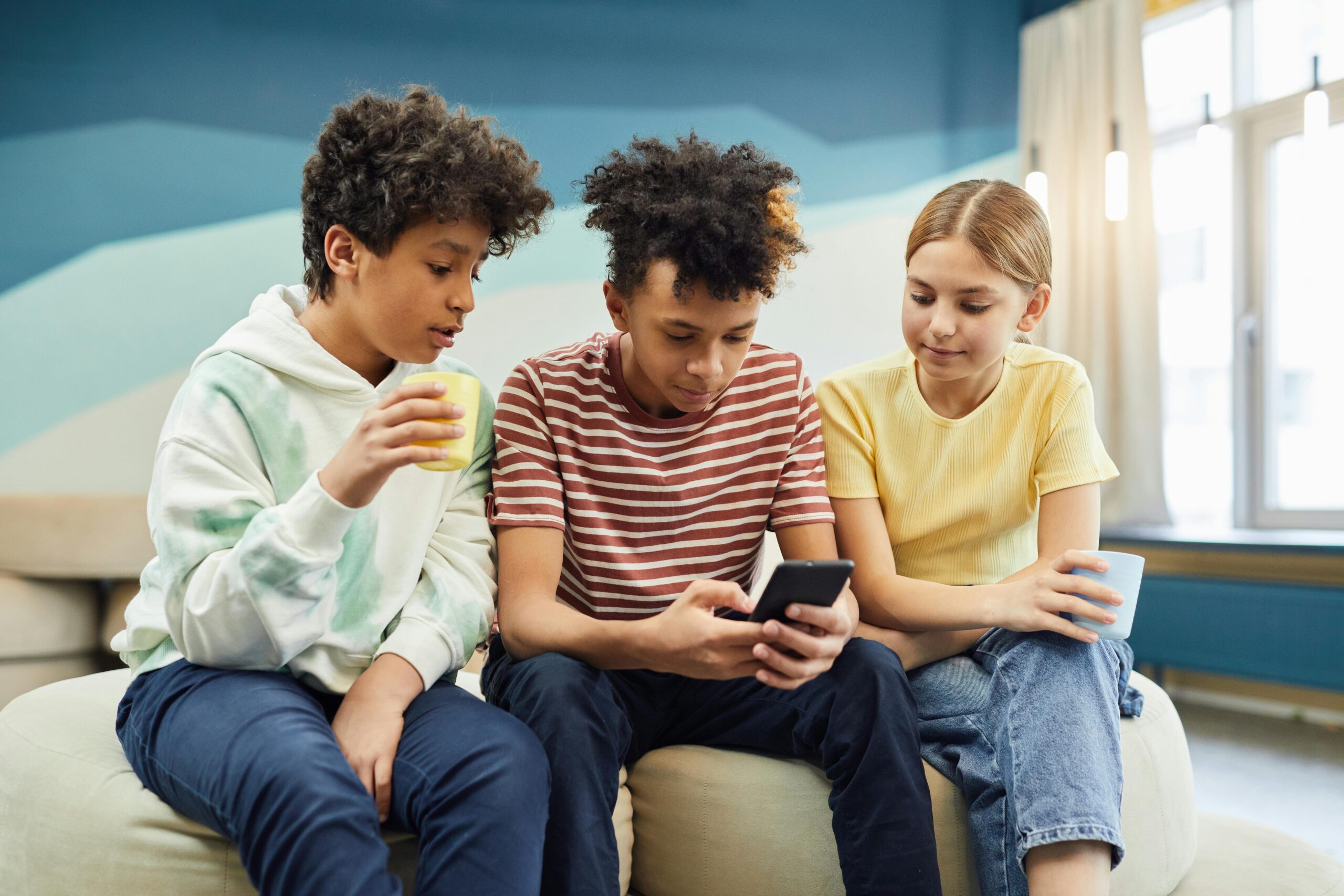
The Shift Away From Instagram and Why It’s Happening
By Tim Elmore
I could hardly believe my ears. Six freshmen college students participated in a conversation I hosted informally on their campus. I brought up the popularity of Instagram accounts, and they immediately smiled, as if they had a secret they were keeping from me. When I asked why they were smiling, two of them chimed in, saying, “We’re no longer on Instagram.” This simple comment turned out to be a wider opinion. Most of those late teens were no longer posting on Instagram and were now mostly on TikTok and Snapchat.
This was news to me.
The Atlantic recently published an article about this move off Instagram. One article told the story of two New York subway commuters joking with each other, “Does she have Instagram? Does anyone? I don’t even have it on my phone anymore.”
Such is the trend of today’s emerging generation. Originally, high school and college students were on Facebook. Then, their parents and grandparents got on, and they got off, migrating mostly to Instagram. Now that adults and businesses are interacting and marketing on the site, Millennials and members of Generation Z are rejecting the commercialized and paternalized platform. As recently as two years ago, moving away from Instagram would have been unheard of. Now, it’s happening daily. In fact, a recent Piper Sandler survey found that of 14,500 teens surveyed across 47 states, only 20 percent named Instagram their favorite social media platform (TikTok came first, followed by Snapchat).
What’s Going On?
Just last year, The New York Times reported that Instagram was privately nervous about attracting and retaining the new young users that would sustain its long-term growth, not to mention capitalize on the growing spending potential they have.
Let’s break down why this move is occurring and what’s happening. Instagram is not likely on its deathbed, but its spiral downward from “cool” to “cringe” represents a sea of change in the social media ecosystem. Here are some thoughts that inform our leadership.
When and Why a Social Media Platform Gets Popular
1. Young users want authenticity over performance.
At first, almost every new social media app begins as a place to connect with friends and family. Remember the early days of Facebook? Unfortunately, over time, social media platforms evolve into places to perform instead of connect. We post so we can get views, likes and shares. So, we post more outrageous photos or videos. People sense the shift, realizing the information isn’t real—it’s a show. If you want to attract young people, you must work to remain authentic. The content and vibe must feel genuine and personal, not driven by algorithms, technological prompts or selfish motivations.
2. Young users want you to communicate, not monetize.
The moment a social media platform crosses a line, allowing stakeholders to monetize it, they usually begin their spiral downward as young users begin exiting. Think television. People walk away during commercials. The Atlantic reports, “Lavish brand deals, in which an influencer promotes a brand’s product to their audience for a fee, have been known to pay anywhere from $100 to $10,000 per post, depending on the size of the creator’s following and their engagement. Now Tilghman, who became an Instagram influencer in 2015 and at one point had close to 400,000 followers, says she’s seen her rate go down by 80 percent over the past five years. The market’s just oversaturated.”
3. Young users want engagement, not transactions.
This is not just an Instagram problem. Facebook and Snapchat are also suffering, not to mention Twitter. Any time users begin to expect the exchange online to be merely transactional, the entire tone changes and the level of engagement declines. Some social media influencers commented on this reality. Many of them admit if they were to really engage with people personally—not to promote something—it would require them to get a private, personal account. Hmmm. Interesting. The reason most of their followers began following such influencers was that they felt the original account was a personal one. But life changes. Now, the platform is in charge; artificial intelligence dictates behavior.
One more thought. What I’ve just discussed about Instagram is also true about our interactions with young people face to face. They long for personal, genuine contact with others. They don’t always know how to initiate that, but it’s the desire of their heart. Let’s launch this for them.




